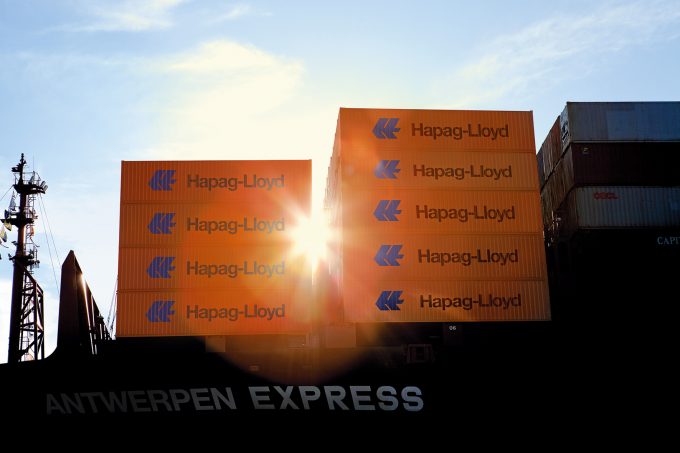Soaring box lines make market cap hay, but nowhere near C-19 highs for most
If the CAP fits…

Hapag-Lloyd recorded a net loss of $47m in the first three months of this year, its second consecutive quarter of negative results.
Speaking during the German carrier’s results presentation this morning, chief executive Rolf Habben Jansen said the company was “cautiously optimistic” of a recovery, particularly ...
MSC switches two more Asia-Europe port calls from congested Antwerp
Front-loading frenzy has made traditional H2 peak season 'unlikely'
Tradelanes: Export boom in Indian sub-continent triggers rise in airfreight rates
Carriers introduce surcharges as congestion builds at African ports
Mexican airport modernisation plan unlikely to boost cargo facilities
Ports and supply chain operators weigh in on funding for CPB
Box ship overcapacity threat from carrier appetite for new tonnage
Tradelanes: Overcapacity on Asia-S America impacting alliances and rates

Comment on this article